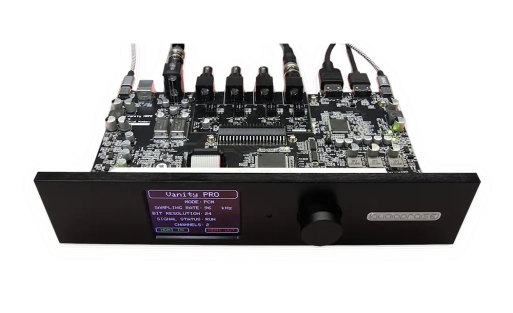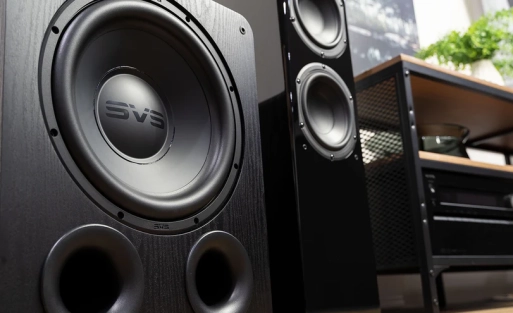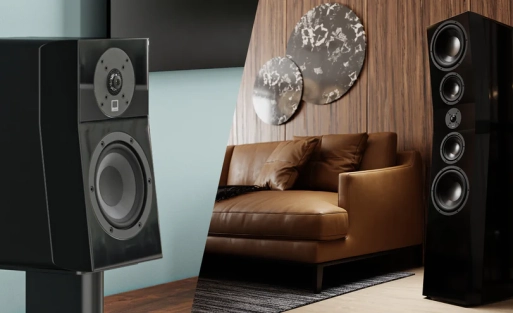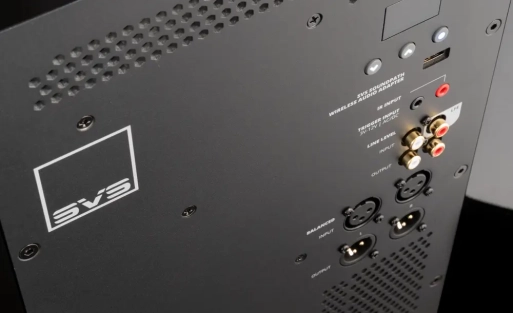No products in the cart.
Return To Shop
Best ways to use satellite speakers
What are satellite speakers?

Satellite speakers typically have the smallest enclosure of any speaker driven by an AV receiver, and their compact size makes them particularly flexible to use in a home theater. Also called “mini bookshelf speakers,” satellites come in a variety of shapes, with sound quality and finish varying greatly from model to model.
The Satellite speaker category has traditionally been dominated by a lot of “boom and sizzle. They often sound impressive during a demonstration in the store under perfect conditions with the ideal support, but once at home the performance often disappoints.
This is partly because manufacturers assume that those buying Satellite speakers place less value on sound quality or an immersive listening experience than someone considering bookshelf or floor-standing speakers. As a result, they are often not designed with the same care and specifications.
Fortunately, by understanding a few key factors, you can find the best-sounding Satellite speakers that not only excel in dynamics and sound quality, but also offer impressive range and flexibility.
Benefits of Satellite Speakers
The main advantages of Satellite speakers have to do with aesthetics and ease of installation:
– Compact size
– Fits well with interiors
– Suitable for wall and ceiling mounting
– Can be combined with almost any type of furniture
– Capable of excellent sound reproduction, especially when combined with a subwoofer
Best applications for satellite speakers
 Satellite speakers are excellent for creating immersive surround sound in small to medium-sized rooms, often in a 2.1, 5.0 or 5.1 setup. They can also serve perfectly as side or rear speakers in a larger system in which floorstanding or bookshelf speakers are used as main speakers.
Satellite speakers are excellent for creating immersive surround sound in small to medium-sized rooms, often in a 2.1, 5.0 or 5.1 setup. They can also serve perfectly as side or rear speakers in a larger system in which floorstanding or bookshelf speakers are used as main speakers.
But their use is not limited to only multi-channel setups. Satellite speakers also work great as part of a desktop audio system and are ideal in combination with turntables, PCs, game consoles and other nearfield listening situations. Especially thanks to their compact size.
What to look for in a Satellite Speaker
Weight is not everything, but a light, fragile Satellite speaker with a plastic body and cheap paper drivers will not provide an immersive listening experience. A good Satellite speaker should feel heavier than it looks and pass the “knock test” without unwanted resonances.
In terms of sound quality, a Satellite speaker should deliver a full, neutral and balanced sound. With dynamics that make you feel like you are listening to a much larger speaker. This neutrality allows them to blend seamlessly into a setup with other speakers, whether for surround, height or other home theater applications. The best Satellite speakers do not draw attention to themselves, but rather disappear into the whole as they completely immerse you in a convincing and powerful sound.
Since the size of Satellite speakers precludes real deep bass, it is all the more important that they reproduce a dynamic and detailed midrange. About 80% of all musical information is located here. And sparkling treble that betrays the fact that a high-quality tweeter has been used.
Do I need a subwoofer?
 Due to the smaller size of the drivers and enclosure, Satellite speakers generally do not have enough dynamic range to be considered full-fledged full-range speakers. Although they can be used perfectly well on their own and provide a good listening experience, Satellite speakers perform best when supported by an active subwoofer.
Due to the smaller size of the drivers and enclosure, Satellite speakers generally do not have enough dynamic range to be considered full-fledged full-range speakers. Although they can be used perfectly well on their own and provide a good listening experience, Satellite speakers perform best when supported by an active subwoofer.
The added bass capability allows Satellite speakers to focus on the mid and high ranges, which they are much better at. Combined with a subwoofer, Satellite speakers in a 2.1 or 5.1 setup can be part of a particularly detailed, affordable and living room-friendly home theater or music system.
If adding a subwoofer is not an option, consider switching to full-sized bookshelf or floor-standing speakers. These deliver more bass and therefore rely less on a subwoofer.









